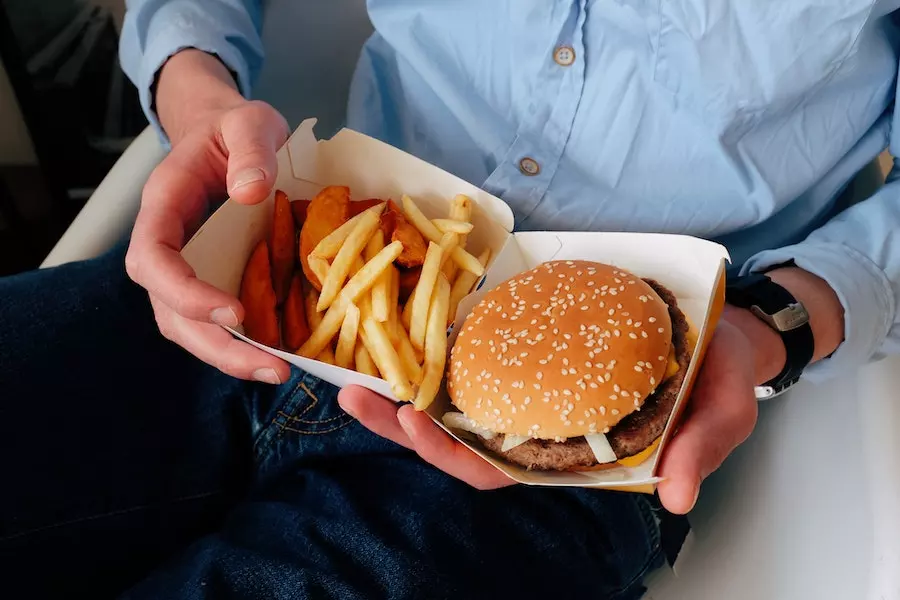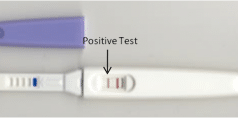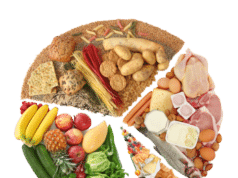
Intermittent fasting, like any other weight loss regimen- takes some time to show significant results. How soon an individual starts noticing noteworthy changes varies, depending on several factors, including their body shape and IF plan.
For some, the weight scale starts bulging around ten days after starting. For others, it could take ten weeks to enjoy weight loss results when intermittent fasting.
If you’ve been fasting faithfully for over three weeks and haven’t seen any progress, don’t throw in the towel. Check whether you’ve been committing any or some of these six common mistakes people make when intermittent fasting.
Biggest Mistakes People Make When Intermittent Fasting
Combining Fats and Carbs When Breaking a Fast
The number one rule when breaking a fast is never to combine lots of fats with a bunch of carbohydrates. After a period of fasting, your body is hypersensitive to insulin. And if you can remember from your biology class, a high carbohydrate intake usually causes insulin spikes.
Insulin works by binding to cell receptors. This causes the cells to open for glucose to get in. But do you know what else enters the cell? All the creamy fats floating in the bloodstream. That’s why it’s crucial to know what to eat during intermittent fasting. Your after-fast meal should contain mostly proteins and fats or mostly carbs and proteins but not carbs and fasts.
Overeating During Your Eating Windows
This is another major mistake people make, and it ends up slowing down or stopping their progress completely. Intermittent fasting cares more about when you eat instead of what you eat.
But eating whatever you want doesn’t mean consuming all the calories you can. In most cases, people who don’t lose weight from intermittent fasting are just taking in more calories during non-fasting periods.
Start by tracking how many calories you consume when you’re not fasting. It’s advisable to break your fast with a large plate of veggies. This will fill you up fast, leaving less space for your savory pasta dish. And be careful not to consume hidden calories in sports drinks, bulletproof coffee, fatty meat, and salad dressings.
Eating too Few Calories
If you’ve suddenly stopped losing weight with intermittent fasting, the chances are that you’re eating fewer calories than you should be.
The body is a complex mechanism that adapts to whatever calorie restriction you impose on it. If you go from taking 2000 calories down to 1000 calories, your body will adjust to that.
A lower metabolism doesn’t necessarily mean that you’ll add on weight. But the problem arises when you increase your intake by a few calories. For instance, if you bump it to 1500 calories, you’re likely to gain weight. When this happens, you’ll start hating yourself for not achieving your goals, increasing the risk of rebounding and binging.
Aim for a moderate and sustainable weight loss approach if you’re trying to lose weight with intermittent fasting. Reduce calories slowly to avoid creating a metabolic inhibitor. A good idea is to reduce just enough calories to shed a pound per week.
Choosing the Wrong Intermittent Fasting Plan
One of the most important things to consider if you want to lose weight with intermittent fasting is the approach. There are over ten different types of intermittent fasting schedules, and new versions are still being designed.
Not a single intermittent fasting plan works for everybody and all lifestyles. If the current plan isn’t working for you, it’s probably time to try another one.
The 5/2 plan is a popular fasting schedule where you eat wherever you want for five days. On the other two days (which should be non-consecutive), you consume 500-600 calories only per day. Most people new to intermittent fasting find this plan simpler than other time-restricted fasting protocols. Available studies on the 5:2 fasting plan show impressive weight loss results.
The 16/8 is the hardcore cousin of the 5/2 fasting schedule and is considered the best IF plan for losing weight. With the 16/8 method, you eat what you want within a window of 8 hours and fast for 16 hours. This plan aims to give your body enough time to process the nutrients. This widely stretched window also means that your body is forced to tap into your fat stores for energy, resulting in weight loss.
Not Drinking Enough Water
You get about 20% of your daily water needs from the food you eat. That’s to say, you need to increase your water intake when fasting to make up for the lost hydration.
Staying hydrated when intermittent fasting is crucial for staving off symptoms of dehydration, such as headache, fatigue, dry mouth, and bloating. Water is essential for proper cell function too. Weight loss starts at the cellular level. So, keeping the cells hydrated is another way of increasing your chances of success.
Moreover, if you struggle with hunger pangs when fasting, a 500-milliliter bottle of water is enough to get you past the hump.
When intermittent fasting, women should aim at drinking 2.2 liters of water. Men should drink at least 3 liters of water daily.
Becoming More Sedentary
Eating less often means that your body has less energy. As an adaptation, the body may decrease your Non-Exercise Activity Thermogenesis (NEAT).
NEAT refers to daily physical activities that aren’t structured exercises. These include standing, walking, gardening, walking your dog, and playing with your kids. These activities may seem simple. But the fact is that they can help you burn up to 100-150 calories per hour. Assuming you sleep for 8 hours, NEAT offers you an opportunity to burn over 1000 calories daily.
When intermittent fasting, you’re likely to become more sedentary because you have less energy. But you want to remain physically active by increasing your NEAT levels to avoid metabolic adaptation.
NEAT doesn’t need to be structured. And you need to overthink it:
- Choose the stairs instead of hopping on the elevator
- Pace around while talking on the phone
- Stand when working (if possible)
- Park your car at the farthest end
- Ditch the car and ride the bike to work or the grocery store whenever possible








